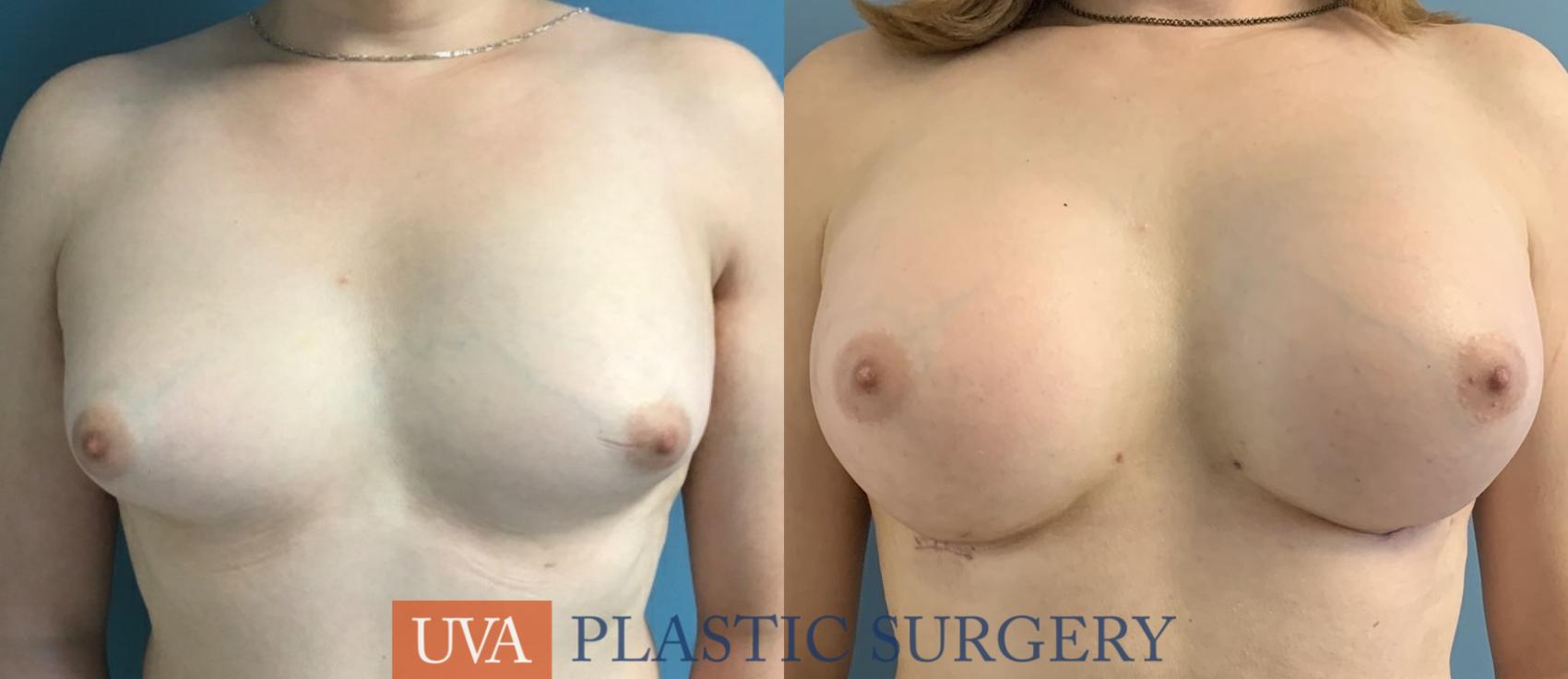Recovering after top surgery is often an exciting, emotional journey. Whether you are embarking on an MTF or FTM transition (or seeking a nonbinary-affirming procedure), understanding what to expect during each stage of recovery can help ease concerns and ensure a smoother healing process.
From managing postoperative discomfort to adjusting sleep positions, we break down your top surgery recovery timeline week by week and share tips to optimize your healing.
How Long Is Top Surgery Recovery?
The duration of your top surgery recovery will vary depending on your individual healing rates and specific surgery. Generally, you can expect the initial recovery period to take 1 to 2 weeks, followed by several weeks of gradual improvement and easing into more strenuous activities. Full recovery typically takes 6 to 8 weeks, although the final results may take several months to a year to develop.
Top Surgery Recovery Week by Week
For both MTF and FTM top surgery, recovery follows a similar trajectory. Here is what you can expect:
Week 1
- Immediate Post-Op Care: Focus on rest and follow all postoperative instructions your surgeon provides. Remember that bruising and swelling are normal.
- Manage Discomfort: Take prescribed pain medications as directed. Apply ice packs or cold compresses to reduce swelling and discomfort.
- Monitor Drains (if applicable): Keep track of drain output and empty drains as needed.
- Limit Activity: Avoid strenuous activities and heavy lifting. Focus on gentle movements and walking as tolerated.
Week 2
- Continue to Rest: Keep prioritizing rest and preventing overexertion. Listen to your body and take breaks as needed.
- Gradually Increase Activity: Begin easing into activities such as light housework, short walks, or gentle stretching exercises. Avoid activities that strain the surgical site.
- Monitor Healing: Keep an eye on incisions for any signs of infection or complications. Contact your surgeon if you notice any concerning symptoms.
- Follow Up: Attend your first postoperative follow-up appointment with your surgeon. They will assess your progress and may remove any drains.
Week 3
- Slowly Resume Normal Activities: Gradually increase your activity level as tolerated. Continue to avoid heavy lifting and strenuous exercises. By this point, most patients are already back at work or almost ready to return.
- Focus on Nutrition: Maintain a balanced diet rich in nutrients to support healing. Stay hydrated and avoid excessive alcohol and caffeine consumption.
Weeks 4 to 6
- Increase Activity: By this point, you may start to feel more like yourself and can gradually resume normal activities. Listen to your body and avoid pushing yourself too hard.
- Remove the Compression Garment: Depending on your surgeon’s recommendations, you should be able to stop wearing your compression garment by now.
- See Initial Results: Most patients can enjoy their initial results by this point as the majority of swelling has subsided, incisions are healing, and bruising has faded. Your results will continue to improve and develop as time passes.
Beyond Week 6
- Return to Normal Activities: By this stage, you should be feeling much better and able to resume most of your normal activities. However, continue to avoid activities that may put excessive strain on the chest area.
- Manage Scars for the Long-Term: Maintain scar care practices recommended by your surgeon to ensure the best possible cosmetic outcome.
- Follow Up: Stay in touch with your surgeon for any ongoing concerns or questions about your recovery or results.
Top Surgery Drains: Will You Need Them?
Drains are commonly used after top surgery to prevent fluid buildup and aid in healing. Your surgeon will provide instructions on caring for and monitoring the drains, including emptying and recording output levels. Drains are typically removed once the drainage decreases to a certain level, usually within 1 to 2 weeks post-op.
However, some surgeons use a progressive suturing technique to eliminate the need for drains. This advanced method can promote faster healing and enhance patient comfort while preventing wound fluid accumulation (seroma).
How To Sleep After Top Surgery
Finding a comfortable sleeping position after surgery can be challenging, especially if you’re accustomed to sleeping on your stomach or side. During the initial recovery period, sleeping on your back with your upper body elevated at a 30 to 45-degree angle helps reduce swelling and discomfort. Using extra pillows or a wedge pillow (or sleeping in a recliner) provides additional support, helps you maintain a proper position, and facilitates more restful sleep.
As healing progresses, patients may gradually transition to sleeping in their preferred position, taking care to avoid putting pressure on the chest area. It’s essential to listen to your body and adjust sleeping arrangements as needed to ensure your comfort and health throughout recovery. Your surgeon will advise you on when you can make this transition.
Top Surgery Recovery Tips
Preparing for your recovery before your surgery lets you focus on healing without worrying about running errands or making other arrangements. Here are some of our top tips:
- Follow Pre-Op Instructions: Adhere strictly to any instructions provided by your surgeon regarding medications, diet, and lifestyle adjustments before surgery. This may include avoiding certain medications like aspirin or ibuprofen, quitting smoking, and adjusting your diet.
- Arrange Support: Arrange for a friend, family member, or caregiver to assist you during the initial days of recovery. Having someone to help with daily tasks can significantly ease the transition.
- Create a Recovery Space: Set up a comfortable recovery area at home with plenty of pillows, blankets, and entertainment options like books, movies, or music. Ensure that everything you might need (including medication) is within reach.
- Stock Up on Supplies: Before your surgery, stock up on essential supplies such as wound care materials, pain medications (as prescribed by your surgeon), loose-fitting clothing that is easy to put on and take off, and any other items recommended by your surgeon.
- Meal Preparation: Prepare meals or arrange for meal delivery services before your surgery to ensure you have easy-to-eat, nutritious options available during your recovery period.
- Stay Hydrated: Drink plenty of water before and after your surgery to stay hydrated. Avoid excessive caffeine and alcohol consumption, as they can interfere with the healing process.
- Review Post-Op Instructions: Familiarize yourself with your surgeon’s postoperative care instructions. This may include information on wound care, activity restrictions, and signs of complications to watch for.
- Plan for Rest: Plan to take time off work or other responsibilities to focus on rest and recovery. Avoid strenuous activities and lifting heavy objects for the duration your surgeon recommends.
You can learn more about preparing for your top surgery in our related blog post.
Ready To Begin Your Journey?
If you’re considering top surgery or have questions about the recovery process, we’re here to help. Request a consultation online or call our office at (434) 924-1234 to take the first step toward realizing your most authentic self.












Leave a Reply